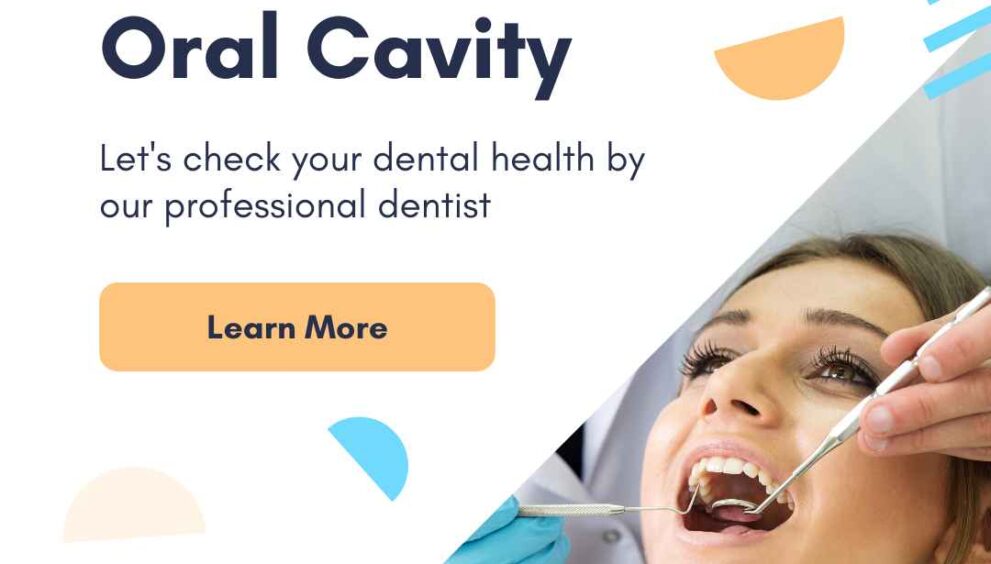Mouth Mastery: Conquering the Turmoil Within the Oral Cavity
Oral cavity problems are not an unusual fact. Everyone faces them from time to time. Oral cavity problems can involve the gums, the tongue, the lips, the inner face of the cheeks, the palate and floor of the cavity, the oropharyngeal region, or the teeth. They may feel permanent sensations of dryness in the mouth or the taste of food may be perceived differently, an unpleasant smell may appear in the mouth, and there may be pustules on the gums, cheeks, and tongue, it may make eating or speaking difficult. Such Oral cavity problems seem complicated, numerous and serious, but most improve and disappear in the presence of adequate treatment.
Oral Thrush
Presents as ulcerative lesions in the mouth. They most frequently appear on the tongue, on the inside of the cheeks and lips. They are not contagious, but they tend to recur. The lesions are painful and greatly affect speaking and chewing. It begins in childhood or adolescence in the form of round or ovoid ulcers with well-defined edges, erythematous halo around them and yellow-white content. It affects approximately 20% of the population and their natural course is towards self-healing and finally complete remission.
Stomatitis – Describes Inflammation Of The Mucous Membranes Lining The Mouth
It is quite painful and the main cause is infections and local hygiene deficient. The patient with stomatitis has difficulty feeding (or even avoids eating) and mainly consumes very soft foods or exclusively liquids. Because they bring few calories to the body, the patient loses a lot of weight. Other symptoms are: hypersalivation, general reddening of the mouth, irritability, vomiting after meals, decreased appetite and bad breath. Patients can also have constipation and moderate fever.
Impetigo – Most Often Affects The External, Perioral Area
Herpetic Ulcers
Appear by reactivating the latent infection with herpes simplex 1 that is dormant in the trigeminal ganglia. They occur in 20-40% of young adults seropositive for HSV1.
Intraoral Herpes
Causes the appearance of multiple , small ulcers that heal within a month. The lesions are bullous, small and tend to expand.
Infections
Viral or bacterial ( epiglottitis , sexually transmitted diseases ). Infections located at this level are more dangerous if they cause swelling of the tongue with blockage of the airways.
Angular Cheilitis
Presents itself in the form of painful lesions, very sensitive to palpation, located in the corner of the mouth. Its etiology is varied: infection, diet poor in vitamins, keeping the mouth closed for a long time.
Chapped Lips
Appear due to dehydration or environmental conditions (strong wind, low temperature or excessive heat). Such a problem can be quite serious and can affect the patient in the long term. The skin on the surface of the lips is actually a mucous membrane, so in order for it to remain smooth, it must be properly hydrated. Chapped lips are unsightly, dry, rough, red, tend to peel and are very sensitive to touch and even painful.
Xerostomia
(The sensation of dry mouth) can be caused by dehydration , anxiety or it can appear as an adverse reaction to the administration of multiple medications. Xerostomia associates the risk of various infections, gingivitis and dental caries . It determines difficulties in swallowing, mastication, speech. Patients may have concomitant shortness of breath . Such a problem occurs in Sjogren’s syndrome , in menopause , in elderly patients or in the case of those who have undergone radiotherapy in the cervical area.
Generalized Pains
Appear either in inflammatory processes or in injuries. Pain occurs most frequently in oral cavity cancer , aphthous stomatitis, candidiasis , erythema multiforme, dermatitis herpetiformis, celiac disease , ulcerative colitis , Reiter’s disease , anemias ,systemic lupus erythematosus . They can also appear as part of the adverse effects of the administration of various drugs, such as converting enzyme inhibitors, pancreatin, non-steroidal anti-inflammatory drugs.
Leukoplakia
Represents the appearance of whitish areas inside the oral cavity that do not disappear. They are thick and quite hard to the touch and the most common causes of their appearance are mouth irritations (especially in the case of those who smoke unfiltered cigarettes). The term leukoplakia used to describe all whitish lesions on the surface of the oral mucosa, but nowadays it is reserved only for lesions of unknown origin or those that are considered to be in the premalignant stage.
A small percentage of these lesions are at risk of developing and becoming cancerous. Most of the white lesions in the mouth are of a keratosis nature and appear as a result of rubbing the mucous membrane of the teeth or are a consequence of smoking.
Oral Candidiasis
It is caused by Candida albicans infection. It is characterized by the appearance of whitish pseudomembranous crusts with acute or chronic evolution. Candidiasis can be associated with angular cheilitis. Patients complain of diffuse pain in the mouth and in some cases also the alteration of taste. The whitish plaques adhering to the mucosa are difficult to remove and leave an inflamed and relatively painful area at the respective site, which has a tendency to bleed. Dental Clinic, we take care of your awesome smile.






